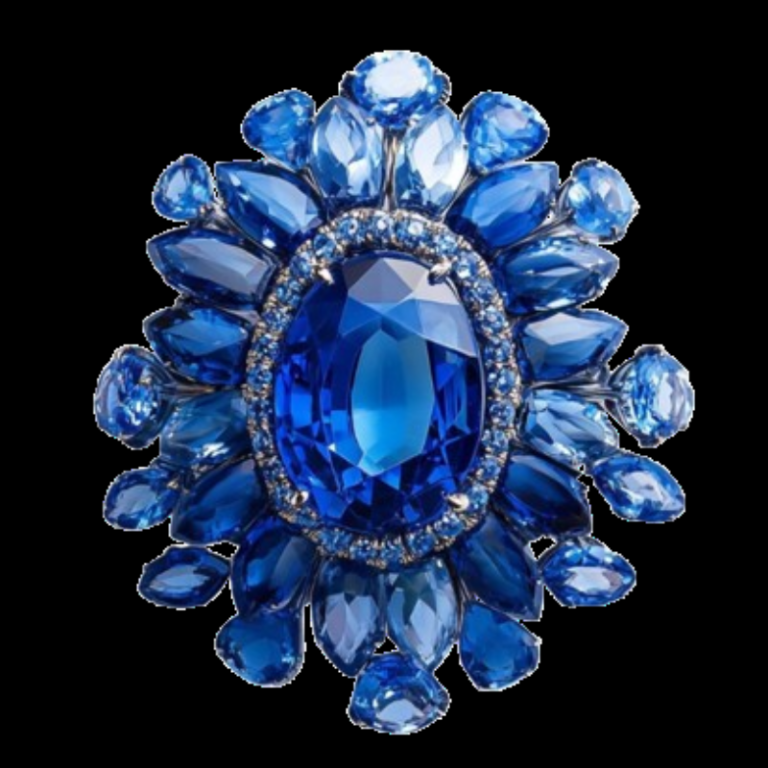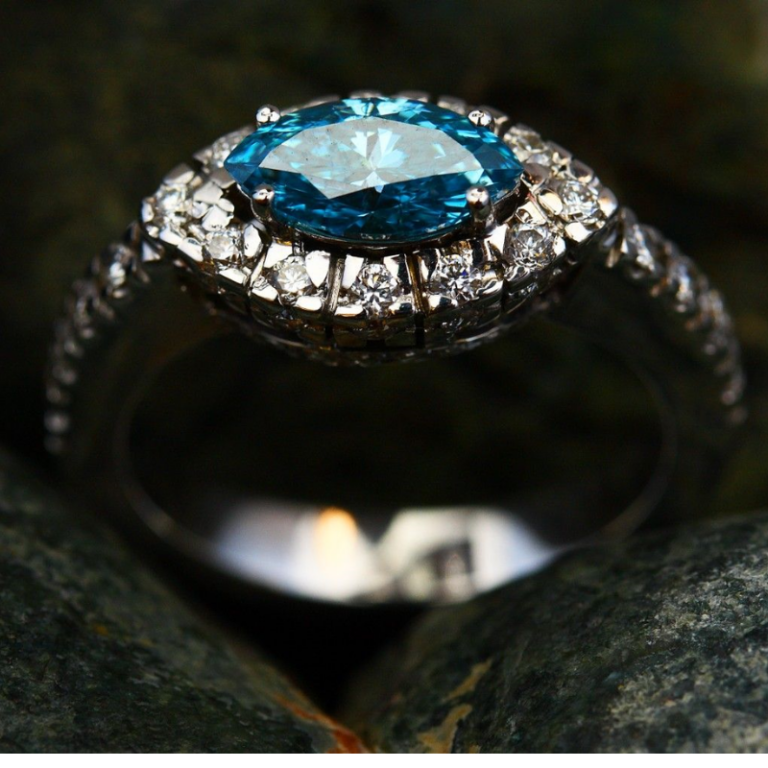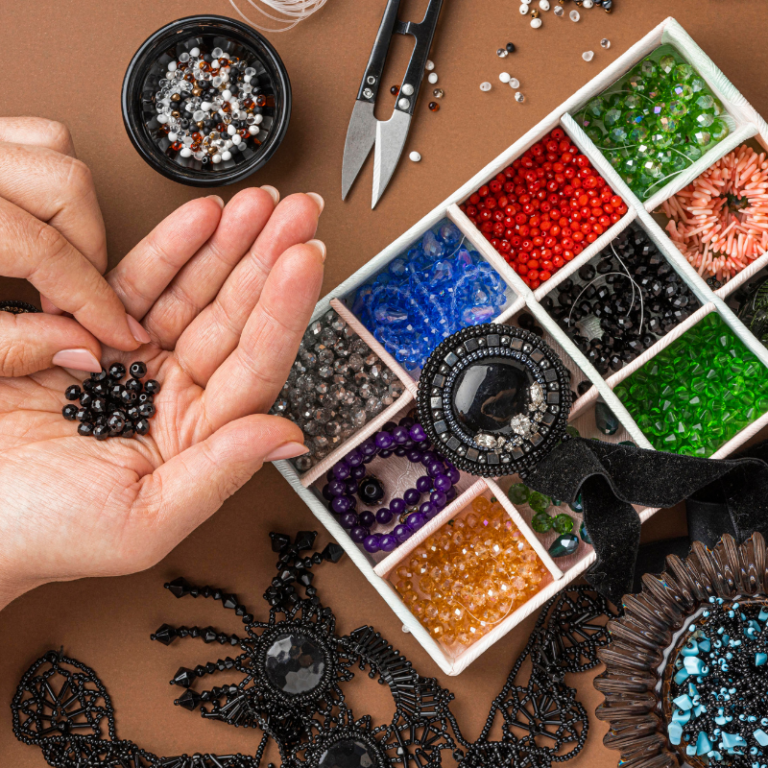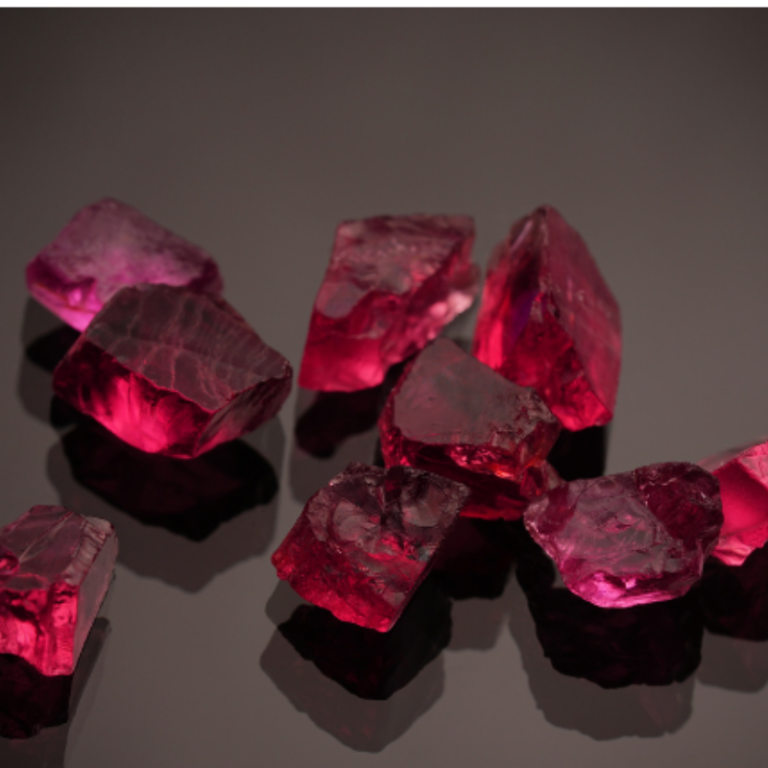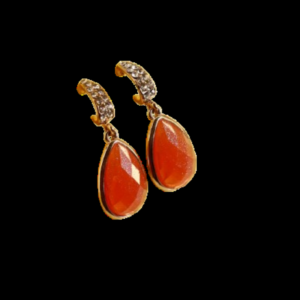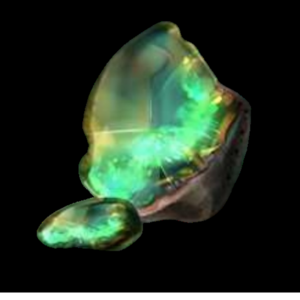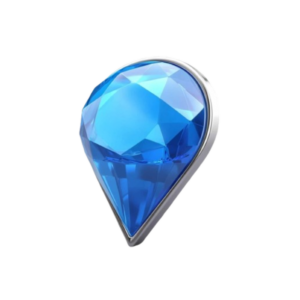A Beginner’s Guide to Purchasing Loose Gemstones
Purchasing loose gemstones can be a thrilling but daunting experience for beginners. Whether you’re interested in designing your own jewelry, beginning a gemstone collection, or investing in gemstones, knowing the fundamentals can guide you to make the best decisions. The following guide will take you through everything you should know prior to purchasing loose gemstones.
1. Learn the Four Cs
Like diamonds, gemstones are graded on four major factors:
• Cut – Cut determines how well a gemstone sparkles and, ultimately, how good it looks. When gemstones are well-cut, they reflect light exceptionally and bring out their color and clarity.
• Color – A gemstone’s color is possibly the most crucial factor. It encompasses hue (the underlying color), tone (lightness or darkness), and saturation (strength). Intensely colored, even-colored stones are usually more valuable.
• Clarity – Clarity is the existence of inclusions (internal imperfections) or blemishes (external defects). Some inclusions are acceptable and even enhance character (as with emeralds), but too many can lower a stone’s value.
• Carat – Carat weight defines the gemstone’s size. Yet, two stones with the same carat weight may appear differently sized based on their cut.
2. Select the Correct Type of Gemstone
There are many different gemstones to choose from, each with their own properties and price tags. Some of the best ones are:
• Precious Gemstones – Diamonds, rubies, sapphires, and emeralds are the “Big Four” and are much in demand.
• Semi-Precious Gemstones – Amethyst, topaz, garnet, peridot, and others provide breathtaking beauty at a lower price.
• Rare and Unique Gemstones – Tanzanite, alexandrite, and opals are valued for their rarity and changing colors.
Study the gemstone that meets your requirements, either for looks, hardness, or metaphysical use.
3. Look for Treatments and Enhancements
Treatments to improve the color and transparency of gemstones are common for most gemstones. Some treatments are:
• Heat Treatment – To improve clarity and color (common with rubies and sapphires).
• Fracture Filling – Filling the cracks for increasing transparency (seen in emeralds).
•\tDyeing and Coating – Adds color but may eventually fade (found in pearls and turquoise).
Although treated gemstones are still worth something, they must be priced as such. Always request disclosure from the seller regarding any enhancements.
4. Purchase from a Reliable Seller
To prevent buying synthetic or imitation gemstones, purchase from reliable sellers who offer certification. Check for:
•\tGemological Institute of America (GIA) certification – Guarantees authenticity and quality.
• American Gem Trade Association (AGTA) or International Gemological Institute (IGI) approval – Recognized industry standards.
• Return and refund policies – Protect yourself in case the gemstone doesn’t meet your expectations.
5. Compare Prices and Ask Questions
Before making a purchase, compare prices from different sellers. If a deal seems too good to be true, it probably is. Ask about the stone’s origin, treatments, and certification to ensure you’re making a wise investment.
Final Thoughts
Purchasing loose gemstones is a worthwhile adventure if you make the effort to learn. Learning about the four Cs, selecting the correct style of gemstone, verifying treatments, and purchasing from quality dealers will enable you to shop confidently for the perfect gemstone. Happy gemstone shopping!


